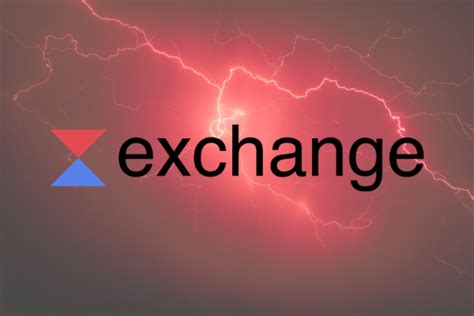Decentralized Stablecoins: A New Era of Financial Security
In the ever-evolving landscape of finance, a new player has emerged to challenge traditional central bank-issued stablecoins and offer a more secure and decentralized alternative. Decentralized stablecoins (dStable) have taken the financial world by storm, providing investors with a reliable hedge against inflation, market volatility, and currency fluctuations.
What are Stablecoins?
Stablecoins, also known as fiat-stablecoins, are digital currencies that maintain their value relative to another currency, usually the US dollar. They were first introduced in 2014 and have since gained popularity due to their versatility and convenience. However, many stablecoin projects have been plagued by issues related to scalability, liquidity, and security.
The Problem with Traditional Stablecoins

Central bank-issued stablecoins, on the other hand, are issued directly by a government or central bank to stabilize its currency and maintain economic stability. While this approach provides a reliable hedge against inflation and currency fluctuations, it also comes with significant drawbacks:
- Centralized Control: Government-controlled stablecoin projects can be vulnerable to manipulation by governments or other external actors.
- Liquidity Issues: Traditional stablecoins often struggle to find liquidity in the market, leading to price volatility and limited adoption.
- Scalability Challenges
: Central bank-issued stablecoins require significant infrastructure investments to support scalability and usability.
Decentralized Stablecoins (dStable)
Decentralized stablecoins, also known as dStable, are a new paradigm in the world of finance that addresses these issues head-on. dStable projects use blockchain technology to create secure, transparent, and decentralized stablecoin networks.
Key Features of Decentralized Stablecoins
- Decentralized Governance: dStable projects often have democratic governance structures, allowing investors to participate in decision-making processes.
- Scalability: dStable networks can be designed to scale with demand, making it possible to support multiple use cases and applications.
- Liquidity: Decentralized stablecoin markets are built on robust liquidity mechanisms, ensuring that investors can easily buy and sell stablecoins at competitive prices.
- Security: dStable networks prioritize security through the use of advanced cryptographic techniques, such as multi-signature wallets and proof-of-stake consensus algorithms.
Benefits of Decentralized Stablecoins
- Increased Security: Decentralized stablecoin projects are more resistant to hacking and manipulation due to the lack of centralized control.
- Improved Liquidity: dStable networks provide a robust liquidity mechanism, making it easier for investors to buy and sell stablecoins.
- Greater Flexibility: Decentralized stablecoins can be easily adapted to support multiple use cases and applications.
Real-World Examples of Decentralized Stablecoins
- USDT (Tether): One of the most popular dStable projects, USDT is a decentralized stablecoin pegged to the US dollar.
- PAXOS: PAXOS is another well-known dStable project that aims to provide a secure and transparent stablecoin network.
- SXP (Starling XSP): SXP is a dStable project created by Starling Bank, which offers a range of financial services, including payment processing and lending.
Conclusion
Decentralized stablecoins are revolutionizing the world of finance with their security, scalability, and liquidity features. As the financial landscape continues to evolve, it’s clear that dStable projects will play an increasingly important role in providing investors with a reliable hedge against market volatility and currency fluctuations.

Add comment